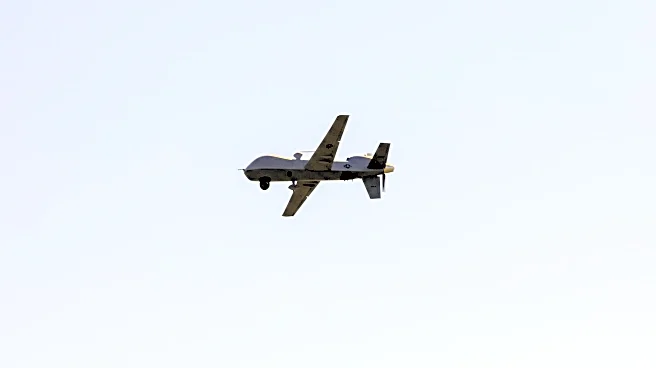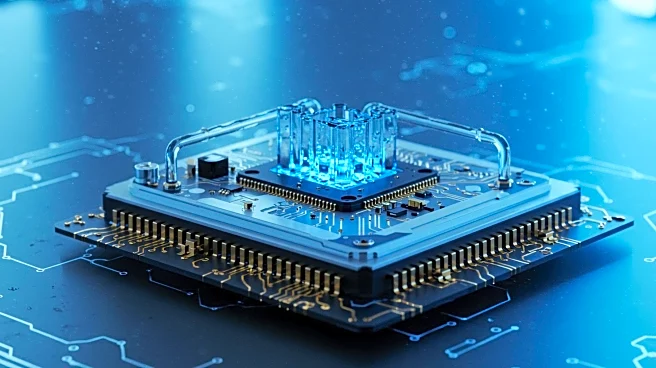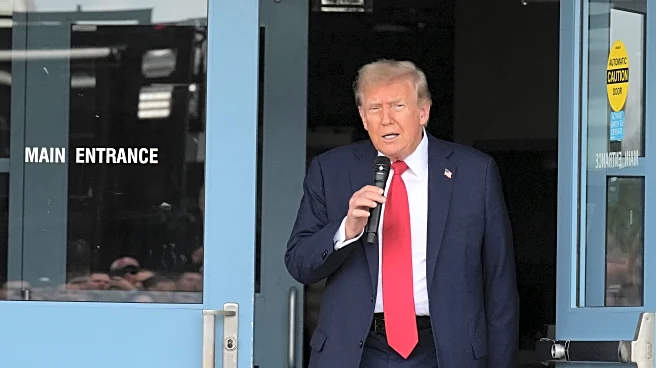Rapid Read • 7 min read
Velo3D, a leader in additive manufacturing technology, has announced its collaboration with the U.S. Army Combat Capabilities Development Command Aviation & Missile Center (DEVCOM AvMC) and Manufacturing & Sustainment (M&S) program. The initiative, funded by the U.S. Army, aims to advance high-throughput, cost-effective additive manufacturing processes for Aluminum CP1, supporting defense applications. Velo3D is working alongside RTX and the Raytheon Technologies Research Center to develop an optimized laser powder bed fusion process. This collaboration is part of the U.S. Army's efforts to modernize its Integrated Air and Missile Defense systems, focusing on agility, affordability, and operational readiness. Velo3D's technology is noted for overcoming traditional constraints of legacy systems, offering a fully integrated platform that ensures consistent and repeatable outcomes across manufacturing sites.
AD
This partnership is significant as it strengthens the domestic industrial base and enhances the U.S. defense supply chain's resilience and agility. By advancing additive manufacturing capabilities, the initiative supports the U.S. military's modernization priorities, potentially leading to more efficient and cost-effective production of defense components. The collaboration also highlights the growing importance of public-private partnerships in national defense, with Velo3D's technology playing a crucial role in meeting the military's evolving needs. The project could lead to broader adoption of advanced manufacturing techniques across the Department of Defense, benefiting both military operations and the industrial sector.
The initiative aims to establish a new framework for Installation and Operational Qualification, replacing traditional methods and laying the groundwork for a distributed manufacturing model. This could lead to more widespread implementation of advanced manufacturing processes across the Department of Defense and its suppliers. Stakeholders, including government and industry leaders, are likely to monitor the project's progress closely, as its success could influence future defense manufacturing strategies and policies.
AD
More Stories You Might Enjoy











